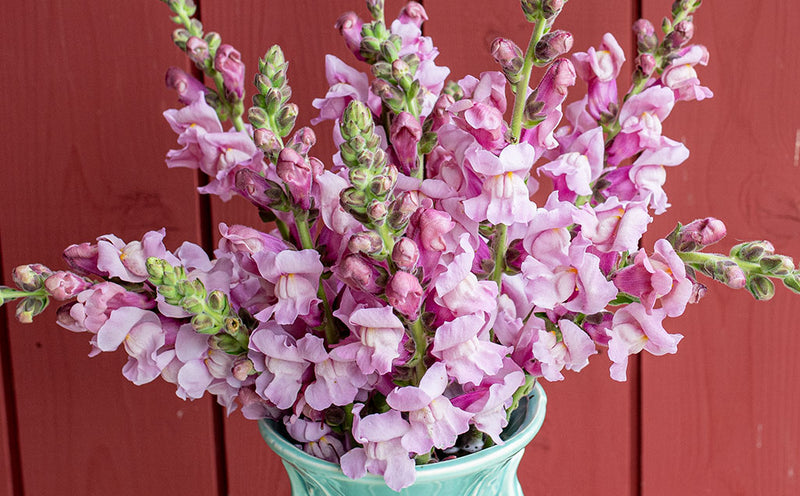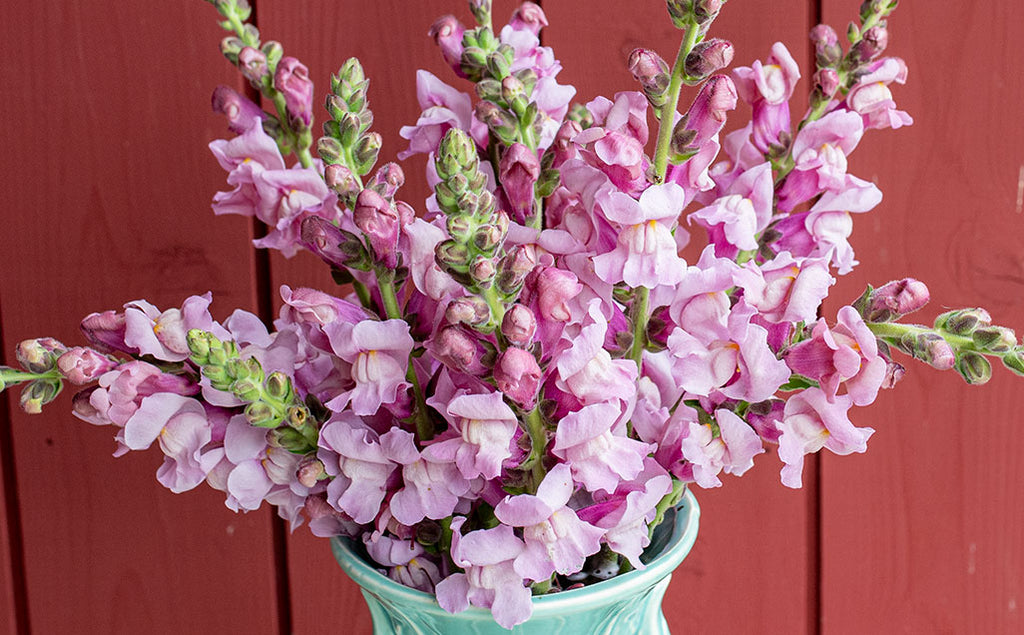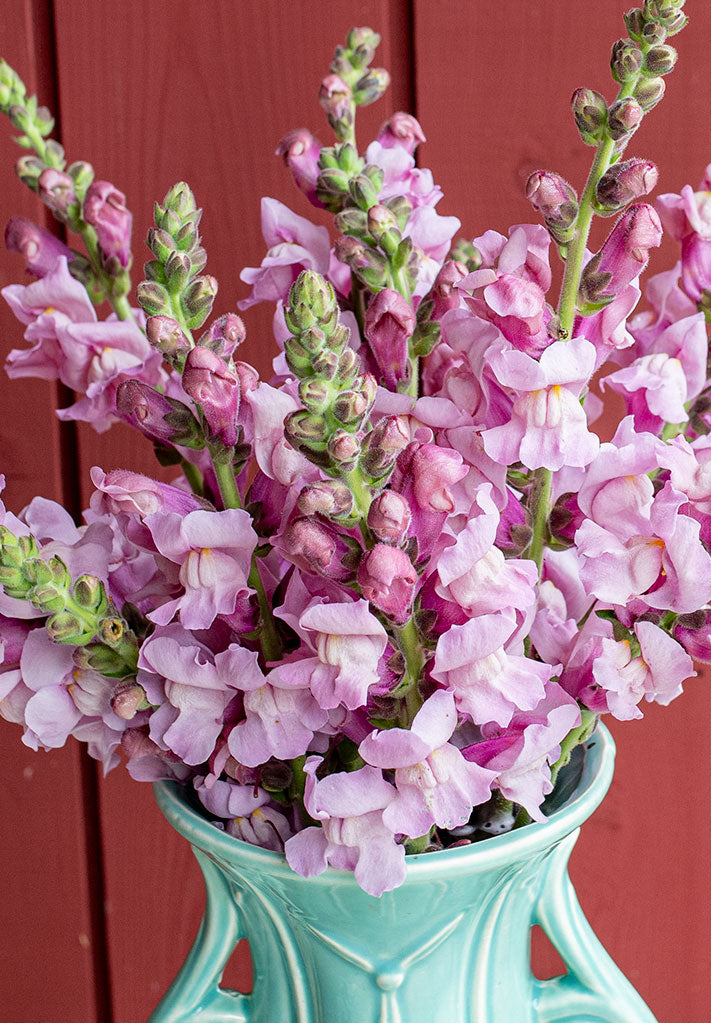SOWING INSTRUCTIONS
Starting Indoors:
Sow indoors in pots 8-10 weeks before setting out. Keep at 65-75°F.
Starting Outdoors:
Sow in spring to early summer.
WHEN TO SET OUTSIDE
Plant out in springtime after all danger of frost has passed or in early autumn.
PLACEMENT & CULTIVATION
Asters are an excellent choice for attracting late-season pollinators such as butterflies and bees, as they bloom in late autumn when fewer flowers are available. They serve as a host plant for butterfly caterpillars and a beneficial insect hot spot, providing nesting sites for native bees. Asters also add beautiful color and delicate texture to the fall perennial bed. They are adaptable to most soil types but thrive in well-drained soil. To keep them cool and moist, mulch the soil around the plants. Divide them every two to three years and trim by up to half in June to promote dense regrowth that will resist opening up at the centers. It spreads slowly to become a helpful groundcover and mixes well with grasses, chrysanthemums, and the golden fall foliage of Amsonia.
Watering Details:
Water regularly, about 1" a week, but do not overwater—they are also somewhat drought tolerant, but extremes will reduce blooms.
Soil pH:
This plant can grow in a variety pH levels but prefers one that is slightly acidic.
Fertilizer:
Mix in 1-2" of compost in poor soils. Topdress with about a half inch of compost, repeating annually in early spring, or mix in an application of organic granular fertilizer.
Diseases & Pests:
May occasionally be browsed by deer or rabbits. Deter these animals by applying an organic pellet animal repellent. Prevent fungal problems by placing in full sun with plenty of airflow.
When to Cut for Bouquets:
Harvest when flowers are partly to fully open.
































